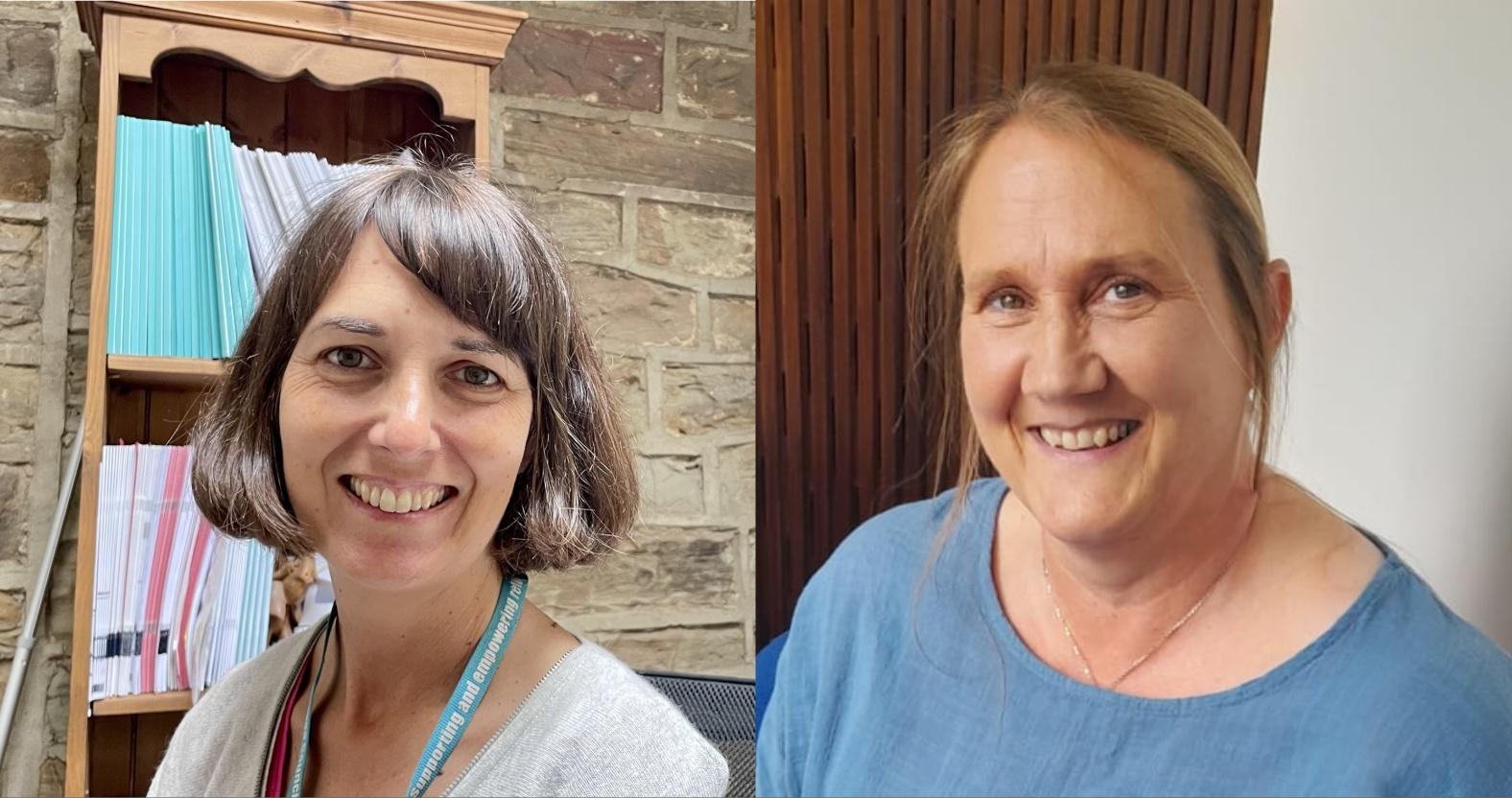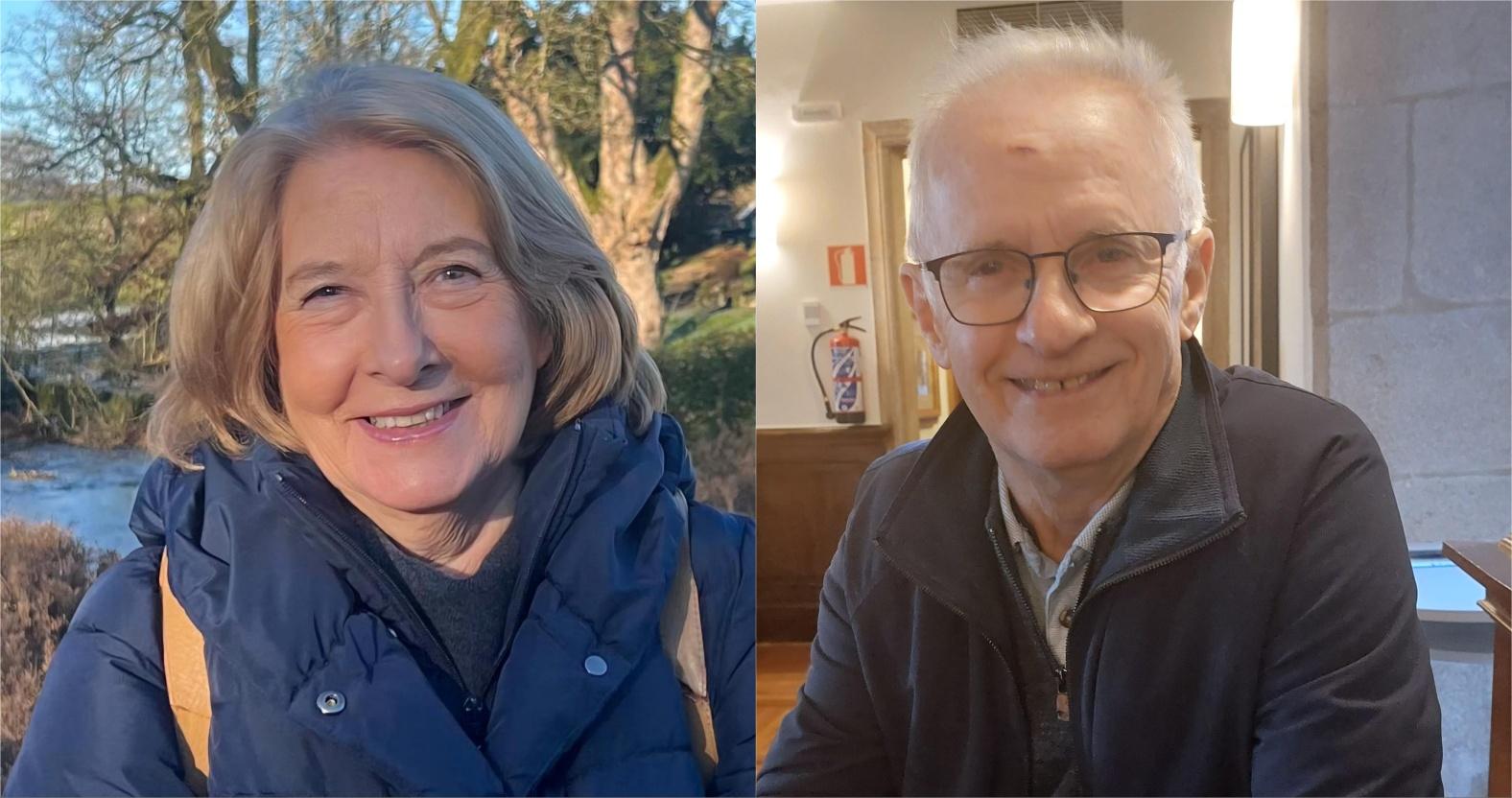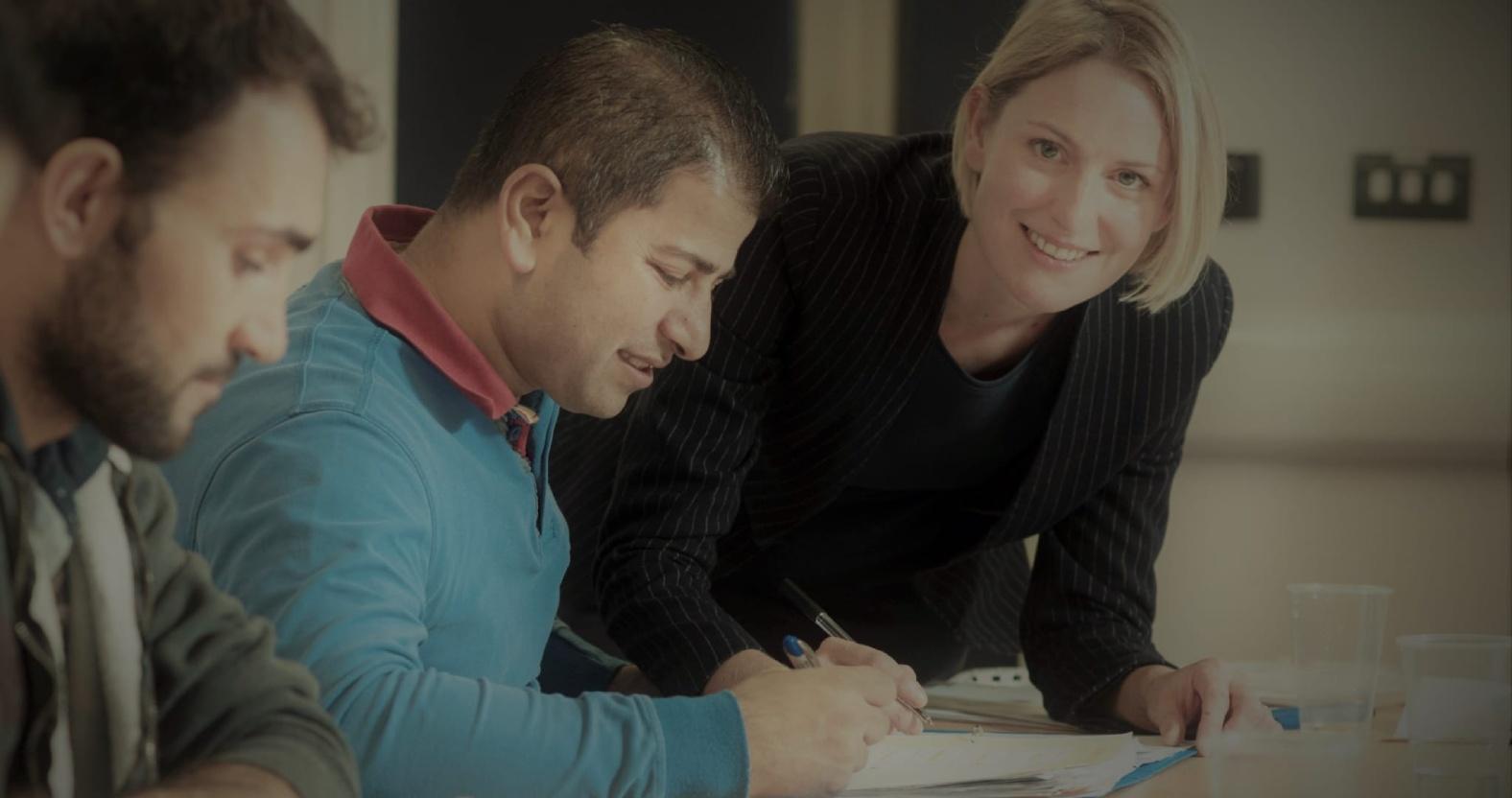22
Jun 2024
The people who help the district's refugees build a new life in Britain

This is the first of two articles published to mark Refugee Week, which celebrates the "contributions, creativity and resilience" of refugees around the world. In the second story, published tomorrow, one of Harrogate’s Afghan refugees tells her story.
There are more than 40 million refugees globally, and about 1% of them are currently homed in the UK. Of those, the Harrogate district has welcomed more than 200 since 2016. Most of them have come from Syria, Afghanistan and Ukraine, and they now live in Harrogate, Ripon, Knaresborough and Nidderdale.
Some will be able to go back to their home countries. In fact, many already have – particularly some of the Ukrainians whose home areas have been made safer since the first days of the Russian invasion in 2022.
But many may never be able to return – their home countries will remain too dangerous for them for years – and so must start from scratch and make a new life in the UK. So how do they do it, and who helps them?
Most of the important “structural” support comes from local government. North Yorkshire Council – and Harrogate Borough Council before it – has found accommodation for all of the district’s arrivals, provides English language classes, and also helps with their basic needs when they first move in: furniture, bedding and kitchen utensils.
But once they’re here, the process begins of helping them to integrate into society.
This is where the Refugee Council comes in. The non-profit organisation is commissioned by the council to help new arrivals find their way in surroundings that can seem wildly unfamiliar.
Resettlement team manager Sarah Rollin has six case workers and a community development worker and one volunteer coordinator to do the job. She told the Stray Ferret:
We provide integration support for three years, and there are two phases. In the first 18 months, each family has a designated resettlement worker providing fairly intensive support. We run weekly drop-in sessions, so that they can come and see their resettlement worker for advice, and we’ll work through various areas of support, such as health and finances.
In the second phase of 18 months, the families have access to an advice line, and can still come to the drop-ins. Sarah said:
The idea is that we don’t provide intensive support and then suddenly stop. We try to move people on through the process, linking them into community development activities, and we might refer people to other services, so they don’t feel as if they’ve just been left – we keep them moving on a journey towards integration.
Later arrivals often benefit from the experience and advice of those who came before them.
One of the organisations providing extra support and filling in some of the gaps is Harrogate and Knaresborough District of Sanctuary.
This volunteer-led organisation was founded in 2016, shortly after the arrival of the first families of Syrian refugees, and has won praise for its rapid response to subsequent refugee crises coming from Afghanistan and Ukraine.
One of its most valued activities is its befriending service. Refugee families are paired with local volunteers who provide practical and moral support on an ad hoc basis. Many become close friends, and at least one befriender in the Harrogate area has been at the birth of their friend’s baby.
District of Sanctuary also helps in other ways. Treasurer Dennis Brickles said:
What we can do is bring the families together for social events – that self-supporting network is really important. It breaks down barriers of loneliness and isolation and trauma. They can talk to people in their own language and help each other, which is very healthy.

Margaret Bond and Dennis Brickles of Harrogate and Knaresborough District of Sanctuary
The organisation also sources things that refugee families may lack, and provides services to help them integrate further.
District of Sanctuary chair Margaret Bond said:
They often need help with practical things – like a laptop or baby cot, so we do tend to provide quite a lot of stuff like that.
In Knaresborough, we’ve also helped set up a homework club for the children, where they can get help with homework that their parents might not be able to give them because they lack the language or cultural knowledge. That’s going really well.
One thing that North Yorkshire Council, the Refugee Council and District of Sanctuary all agree on is that language skills are crucial to refugees’ chances of successful resettlement.
Few people appreciate this more than Nina Jolly. She has been teaching English to refugees for eight years and is also a project coordinator for English at Home, a District of Sanctuary initiative that pairs volunteer tutors with adult refugees for additional English language support outside the classroom.
She said:
Learning the language is the key to everything. It helps refugees to feel more at home, forge lasting relationships in the community, talk to their children’s teachers or medical staff, and ultimately find a job that will allow them to become financially independent.

English teacher Nina Jolly with some of her learners
The goal is functional English, and the ideal is Entry Level 3 in Speaking and Listening, which is the standard required to gain British citizenship and to access many education and training courses. How quickly a learner can achieve it varies hugely.
Ms Jolly said:
Some students have had no formal education and have never learnt to learn, let alone read and write in their own language. But others have multiple degrees in subjects such as IT, political science or engineering and have used English in their jobs.
Another factor is trauma. There are refugees in the Harrogate district who have been tortured, leaving lasting physical and emotional scars. Others have seen the violent death of loved ones.
Ms Jolly said:
If a refugee has mental health or physical injuries or disabilities it may take them a lot longer for them to learn English. To be able to learn effectively, they need to feel settled and safe and sometimes, in extreme circumstances, it might take at least a year until they are properly ready to learn.
Learning the language is the gateway to employment, and once a refugee can work, the process of resettlement gathers pace. Plans can be made and a new future mapped out.
Ms Jolly said:
Being forced to leave your homeland means you lose control of your own destiny. Being able to hope and dream again is sometimes the best way to overcome trauma.
Those who start to fulfil their ambitions begin to feel in control of their own lives again, and that not only gives them a new sense of independence but often also marks the beginning of personal healing.
All these organisations play their role in ensuring that every new arrival in the district is properly welcomed and given the best chance of successfully starting a new life here. But to combat loneliness – a big issue for some – and culture shock, which is common to many, there is something else that everyone can do, says the Refugee Council’s community development worker, Amanda Batcheler. She said:
Smiling goes a long way. If you’re standing at a bus-stop, don’t look the other way – just smile.
If you see somebody in the supermarket who looks like they might not know what they’re doing or where to find things, offer to help. Just be neighbourly. Be kind to other human beings.
The Refugee Council and Harrogate and Knaresborough District of Sanctuary both rely on the time and dedication provided by volunteers. To volunteer to help with the Refugee Council, go here.
If you’d like to volunteer for Harrogate and Knaresborough District of Sanctuary, email info@harrogatedistrict.cityofsanctuary.org.
If you’re interested in supporting an adult refugee with English language learning, email Nina Jolly.
Subscription is coming. To find out about the big change, go here.

0